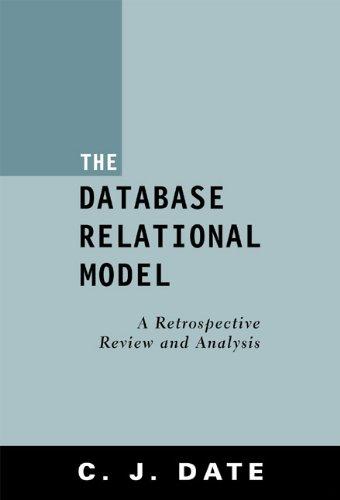Answered step by step
Verified Expert Solution
Question
1 Approved Answer
Suppose now that each node has an infinite supply of messages that it wants to send to each of the other nodes. If a message's
Suppose now that each node has an infinite supply of messages that it wants to send to each of the other nodes. If a message's destination is not an immediate neighbor, then the message must be relayed. For example, if A wants to send to D a message from A must first be sent to B which then sends the message to C which then sends the message to D Time is slotted, with a message transmission time taking exactly one time slot, eg as in slotted Aloha. During a slot, a node can do one of the following: i send a message, ii in receive a message if exactly one message is being sent to itiii remain silent. As always, if a node hears two or more simultaneous transmissions, a collision occurs and none of the transmitted messages are received successfully. You can assume here that there are no bitlevel errors, and thus if exactly one message is sent, it will be received correctly by those within the transmission radius of the sender
a Suppose now that an omniscient controller ie a controller that knows the state of every node in the network can command each node to do whatever it the omniscient controller wishes, ie to send a message, to receive a message, or to remain silent. Given this omniscient controller, what is the maximum rate at which a data message can be transferred from C to A given that there are no other messages between any other sourcedestination pairs?
b Suppose now that A sends messages to B and D sends messages to C
What is the combined maximum rate at which data messages can flow from A to B and from D to C
c Suppose now that A sends messages to B and C sends messages to D
What is the combined maximum rate at which data messages can flow from A to B and from C to D
d Suppose now that the wireless links are replaced by wired links. Repeat questions a through c again in this wired scenario.
e Now suppose we are again in the wireless scenario, and that for every data message sent from source to destination, the destination will send an ACK message back to the source eg as in TCP Also suppose that
each ACK message takes up one slot. Repeat questions aC above for
this scenario.
Step by Step Solution
There are 3 Steps involved in it
Step: 1

Get Instant Access to Expert-Tailored Solutions
See step-by-step solutions with expert insights and AI powered tools for academic success
Step: 2

Step: 3

Ace Your Homework with AI
Get the answers you need in no time with our AI-driven, step-by-step assistance
Get Started


